
ESPAÑOL
Cliente: Jumeirah International
Arquitecto: Tom Willis Wright (Atkins)
Categoría: Rascacielos ( Super-Tall ) + 300 metros
Altura: 321 metros
Superficie: 32000 m²
Plantas: 28
Uso: Mixto
Localizado en una isla artificial adentrada en el mar a 280 metros de la costa de Dubai, el Burj Al Arab se erige espléndido como un icono arquitectónico y todo un símbolo de los Emiratos Árabes Unidos. Con sus siete estrellas de lujo, está considerado como el hotel más alto y lujoso del mundo. Al famoso hotel se puede acceder a través de un puente que atraviesa una de las famosas playas de Dubai; también a través del helipuerto que se sitúa a la misma altura que la planta número 28. La sorprendente fachada está revestida con 80000 m² de vidrio translúcido más una doble superficie de teflón que cubre el enorme patio diáfano de bienvenida al edificio. El teflón, un material ligero y resistente que soporta hasta 300º C de temperatura durante largos períodos de tiempo sin sufrir prácticamente modificaciones, fue el inusual material con el que se revestiría el enorme patio diáfano más alto del mundo en la actualidad, ya que posee el récord del mundo, con sus 260 metros de altura total; nunca antes se había aplicado este material en un proyecto arquitectónico de tales envergaduras.
La estructura de sustento del edificio lo conforman tres elementos verticales de hormigón y acero, dos de ellos curvos; también unos refuerzos de acero en la paredes laterales con otros apoyos de otros perfiles más pequeños apoyados al núcleo central; todos ellos hacen la labor de sustentar el enorme edificio. Para la construcción del rascacielos se emplearon nada menos que 66000 m³ de hormigón y 9000 toneladas de acero. El hotel cuenta con 202 Suites, varios Restaurantes, Salas de Congresos y hasta un Club de Fitness. La Suite Real, que ocupa toda la planta 25, cuenta con un ascensor privado y hasta una sala cinematográfica propia. La estructura del edificio está calculada para soportar vientos de hasta 450 km./h. Un restaurante mirador se sitúa a 200 metros de altura para ofrecer una vista panorámica espectacular de todo el Golfo Pérsico. El diseño está inspirado en la vela de un barco surcando el mar, y se ha situado estratégicamente a una distancia suficiente de 280 metros alejado de la costa, para que no produzca ninguna sombra en las dos playas cercanas en la que finalmente se situó.
El texto de este artículo se incluye en mi libro titulado "CONSTRUCCIONES FAMOSAS" / The text of this item is included in my book title "FAMOUS CONSTRUCTIONS" Español - English
by José Miguel Hernández Hernández
Publisher, Writer and Architectural Photographer
http://www.jmhdezhdez.com/
Video promotional
ENGLISH
Client: Jumeirah International
Architect: Tom Willis Wright (Atkins)
Categorie: Skyscraper ( Super-Tall ) + 300 metros
Height: 321 meters
Surface: 32000 m²
Plants: 28
Use: Mixed
Located on an artificial island into the sea 280 meters off the coast of Dubai, the Burj Al Arab stands as a magnificent architectural icon and a symbol of the UAE. With seven-star luxury, is considered the highest and most luxurious hotel in the world. The famous hotel is accessible via a bridge over one of the famous beaches of Dubai, also through the helipad that is at the same height as the floor number 28. The striking facade is clad in translucent glass 80,000 m² plus a double Teflon surface that covers the huge backyard diaphanous Welcome to the building. Teflon, a light, strong material that holds up to 300 º C temperature for long periods of time without any alterations, was the unusual material which would be of enormous diaphanous highest court in the world today, as it has the world record with its 260 meters height; never before applied this material in an architectural project of such magnitude.
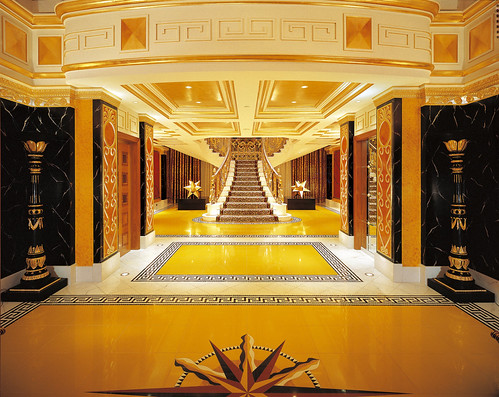
The support structure is made up of three elements building vertical concrete and steel, two curved; also steel reinforcements in the side walls with other support from other smaller profiles supported the central core, they all work to sustain the huge building. For the construction of skyscrapers were used no less than 66,000 m³ of concrete and 9000 tons of steel. The hotel has 202 suites, several restaurants, convention halls and even a fitness club. The Royal Suite, which occupies the entire 25th floor has a private elevator and even a movie theater itself. The structure is calculated to withstand winds up to 450 km. / H. A lookout restaurant is 200 meters high to provide a spectacular panoramic view of the entire Persian Gulf. The design is inspired by the sail of a ship plowing the sea, and is strategically located a sufficient distance from 280 meters away from the coast, so as not to produce any shade in the two nearby beaches where you finally stood.
Images Burj Al Arab Copyright
© BURJ AL ARAB - COURTESY OF JUMEIRAH AND ATKINS
www.atkinsglobal.com
"Text" and "video" Copyright
© José Miguel Hernández Hernández
Editor, Escritor y Fotógrafo de Arquitectura /
Publisher, Writer and Architectural Photographer
http://www.jmhdezhdez.com/
Others works in Dubai / Otras obras en Dubai
Rose Rotana Tower
Dubai, United Arab Emirates
Khatib & Alami
O-14
Dubai, UAE United Arab Emirates
Reiser+Umemoto
Others Hotels in the world / Otros Hoteles en el mundo
Hotel Marqués de Riscal
El Ciego, Álava, Spain
Gehry Partners LLP
Suites Avenue Building
Barcelona, Spain
Toyo Ito & Associates

Hotel Silken Puerta América
Madrid, Spain
Jean Nouvel & others
MUY IMPORTANTE!!! VERY IMPORTANT!!!
Deja tu comentario sobre este reportaje al pie de este post donde dice "Publicar un comentario en la entrada"; me será de gran valor para seguir mejorando este sitio web y te contestaré con la mayor brevedad posible... Muchas gracias!
No obstante, si te ha resultado interesante este reportaje y también el Blog en general, por favor, no dudes en hacerte Fan de la página de Fans del Blog de José Miguel Hernández Hernández en Facebook aquí
Nota importante: Una vez que hayas entrado en la página de Fans del Blog en Facebook, con sólo hacer click en el botón de "Me gusta", a partir de ese momento estarás al tanto de todos los nuevos reportajes interesantes relacionados con la Arquitectura y la Ingeniería que aquí se vayan publicando para no perder ningún detalle...
También puedes suscribirte por e-mail (te llegaría un e-mail con el enlace de cada artículo en el mismo momento en que sea publicado), o bien también puedes seguir el Blog a través de Twitter aquí
Nos vemos en el Blog!
Leave a comment on this story at the bottom of this post where it says "Post a comment in the entry", I will prove invaluable to further improve this website and I will answer as soon as possible .. . Thank you very much!
However, if you this story was interesting and the blog in general, please do not hesitate to make Fan Fans of the Blog page José Miguel Hernández Hernández on Facebook here
Very important: Once you enter the page Blog fan of Facebook, simply click on the button Like "From that moment you are aware of all new interesting stories related to the Architecture and Engineering are published here to avoid losing any detail ...
Can also subscribe by e-mail (I would e-mail with a link to each item in the same time it is published), or you can follow through Blog Twitter here
See you at the Blog!
HOME GEOGRAPHY ARCHITECTURE ENGINEERING SKYSCRAPERS
BRIDGES BUILDINGS TOWERS PUBLICATIONS ABOUT ME CONTACT
Copyright © José Miguel Hernández Hernández
Editor, Escritor y Fotógrafo de Arquitectura /
Publisher, Writer and Architectural Photographer
http://www.jmhdezhdez.com/
Burj Al Arab, Dubai, United Arab Emirates, 1994-1999
Suscribirse a:
Enviar comentarios (Atom)
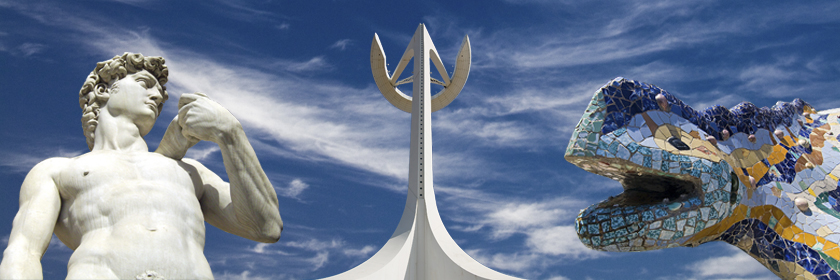

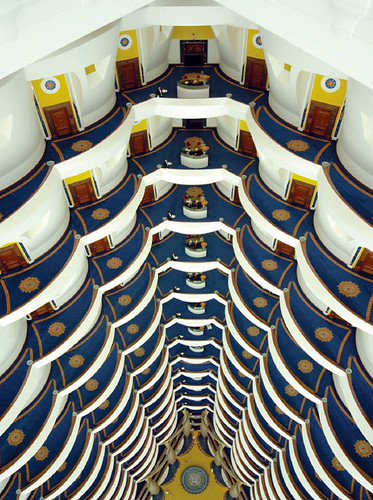
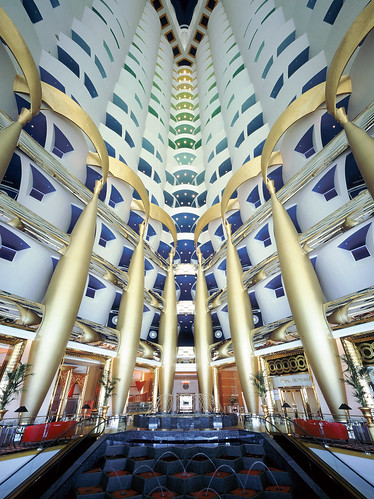




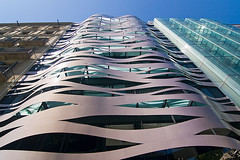


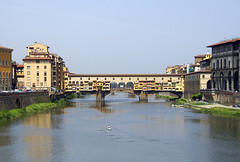




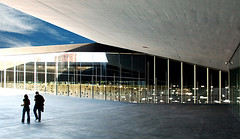






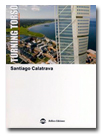

No hay comentarios:
Publicar un comentario